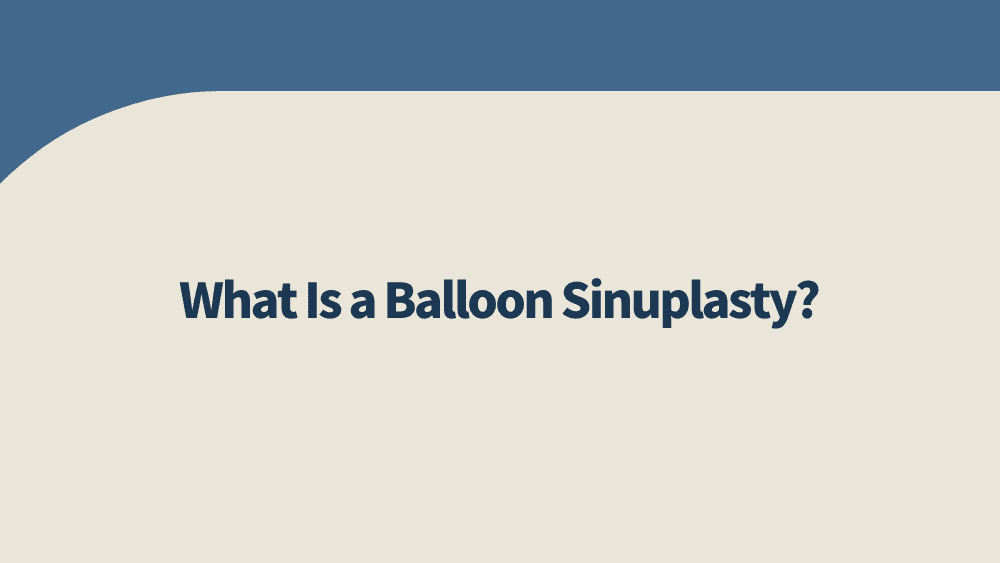Everyone is acquainted with the discomfort of a stuffy nose from a sinus cold, but symptoms typically go away after a week to ten days. When stuffiness from sinus inflammation continues to be an issue for four to twelve weeks or inflammation returns four times over the span of a year, patients are typically diagnosed with chronic or recurrent rhinosinusitis (RS) or sinusitis.
Many of our Phoenix area patients seeking relief for the ongoing discomfort of RS undergo a balloon sinuplasty. Here is some basic information about balloon sinuplasty to make those considering this treatment more comfortable with what it is, how it works, its recovery time, and its rate of success.
What is a Balloon Sinuplasty?
This minimally invasive procedure is adapted from an endoscopic heart procedure known as angioplasty, which uses balloon catheters to dilate damaged or congested blood vessels near the heart. Instead of dilating a blood vessel, balloon sinuplasty is used to dilate sinus passages.
The procedure requires no cutting or loss of nasal tissues or bone, and recovery time is relatively short. Patients with chronic or severe sinusitis for which other medical therapies are unsuccessful often find relief from balloon sinuplasty.
How Balloon Sinuplasty Works
Patients undergoing a balloon sinuplasty will receive either a local or general anesthetic (depending upon their specific circumstances). After receiving anesthesia, a thin, flexible tube with a light and camera (endoscope) is inserted into any or all of the three sinus passages. Once the endoscope is in place, the doctor will advance a small balloon catheter over the guiding wire.
Next, the balloon will be inflated, creating pressure on the sinus wall until an opening is created. Saline is then used to rinse the sinus cavity of all the inflammation-causing mucus and debris. The procedure typically requires no more than an hour to perform.
Typical Recovery Time
Most patients return home after a few hours of recovery time. They are advised to keep their head elevated to assist continued drainage for the next 24 to 48 hours, and most can return to work and other normal activities within a couple of days.
Grogginess, tiredness, tenderness, congestion, and bloody drainage are common throughout the week following surgery, and your doctor will advise you against blowing your nose for a couple of days following the procedure as well.
Balloon Sinuplasty’s Rate of Success
Various published studies, referenced by Medical News Today, report that in one study, some adults saw an almost immediate improvement of symptoms one week after the procedure, and remained symptom-free in the year afterward. In another, adults saw improvement within three to six months after the procedure. An additional study of balloon sinuplasty in children indicated a 94 percent success rate with ongoing positive results in the year afterward.
Scottsdale ENT Conducts Balloon Sinuplasty Procedures in Arizona
Patients with acute or chronic sinusitis or RS can enjoy ongoing symptom relief from a minimally-invasive balloon sinuplasty procedure in a very short period of time with few side effects. As a part of our continuing commitment to the overall healthcare of our patients, the doctors at Scottsdale Ear, Nose, and Throat conduct balloon sinuplasty procedures in Arizona with a success that is comparable to those reported in various national studies.
If you or a loved one is considering Balloon Sinuplasty in Arizona, we are here to help. Contact us to schedule an appointment or alternatively, schedule a telemedicine appointment to discuss your options.



